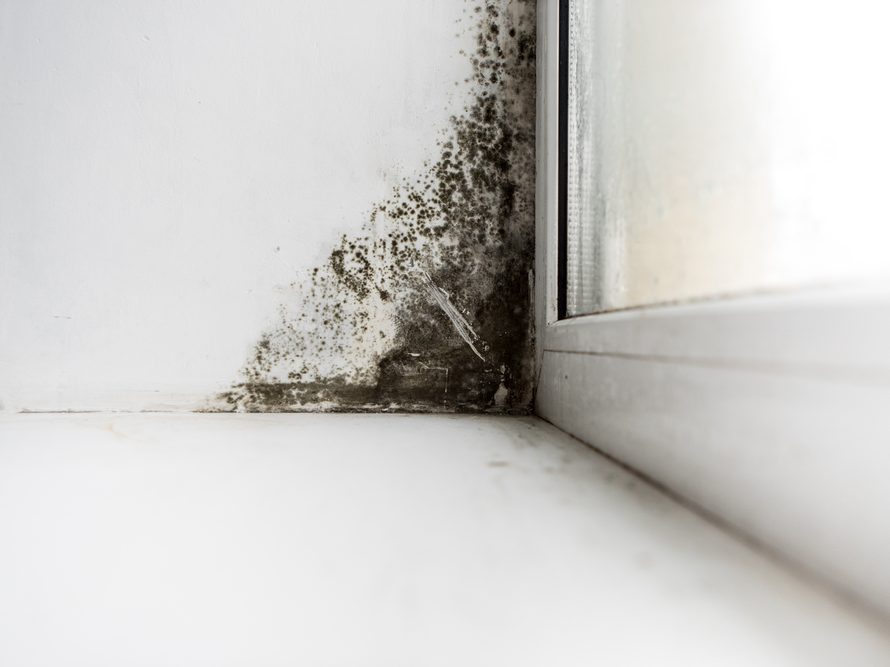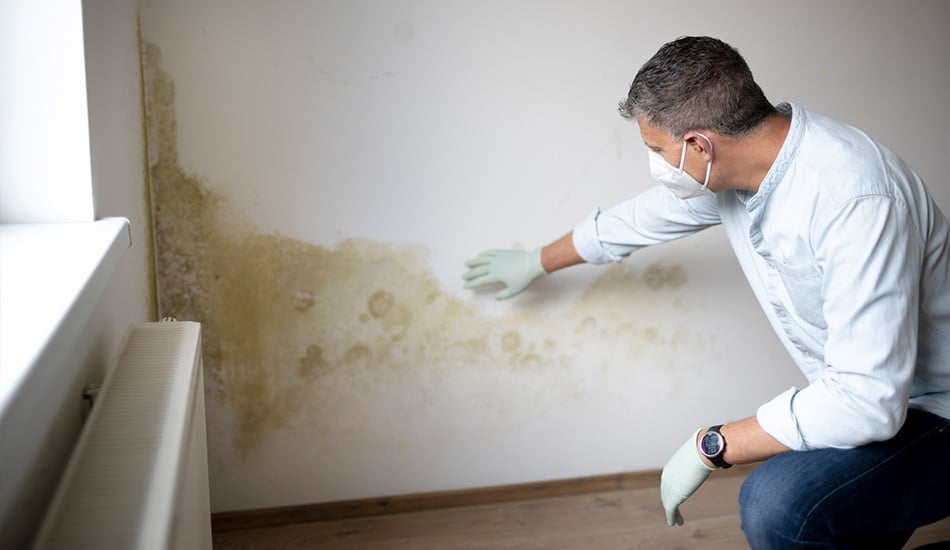Crafting a Detailed Post Mold Remediation Report
Wiki Article
Key Tips for Effective Article Mold Remediation
Successfully finishing mold and mildew remediation is a complex process that calls for attention to information and adherence to specific procedures. These actions not only verify the success of the remediation initiatives but likewise add to avoiding future mold and mildew development.Evaluation of Treated Locations
Upon completion of the mold removal process, a detailed evaluation of the dealt with locations is crucial to ensure the efficiency of the removal efforts. This inspection acts as an important action in the post-remediation phase to confirm that the mold and mildew elimination and cleanup procedures were effective in getting rid of the mold and mildew infestation and bring back a risk-free interior setting. The evaluation must be carried out by certified professionals that have the knowledge to examine the remediated locations diligently.Throughout the inspection, various elements are assessed to figure out the success of the removal procedure. These consist of aesthetic analyses to look for any kind of indicators of mold and mildew development or water damages, dampness degrees to verify that the location is completely dry and cost-free of excess moisture that might promote mold re-growth, and air quality testing to ensure that the interior air is secure to take a breath. In addition, the examination might include utilizing specialized tools such as moisture meters and thermal imaging electronic cameras to detect surprise mold and mildew or dampness pockets that might result in future mold problems if left uncontrolled. On the whole, a detailed assessment of the treated locations is vital to verify the efficiency of the mold removal initiatives and offer satisfaction to the passengers of the property.

Wetness Control Actions
Effective moisture control procedures are essential for avoiding mold growth and preserving a healthy and balanced interior atmosphere. To accomplish this, it is vital to resolve sources of wetness within the building. Appropriate ventilation is essential to managing humidity levels. Installing exhaust fans in cooking areas and bathrooms can help remove excess dampness. In addition, making use of dehumidifiers in moist areas can help reduce moisture degrees, making it harder for mold to flourish.On a regular basis keeping the building and evaluating's outside can likewise prevent wetness intrusion. Post Mold Remediation Report. Ensuring that seamless gutters are clear, downspouts direct water far from the foundation, and the roofing is in good problem can help avoid water from seeping into the building. Properly securing doors and home windows can likewise aid keep wetness out
In instances where water damage occurs, punctual activity is essential. Any spills or leaks must be cleansed and dried out within 24-48 hours to stop mold development. Making use of moisture meters can assist discover covert resources of water and ensure complete drying out. By applying these dampness control steps, the danger of mold and mildew returning can be dramatically reduced, developing a much healthier interior environment.
Appropriate Ventilation Assessment
An integral element of making certain a healthy and balanced indoor atmosphere post mold remediation is carrying out a comprehensive assessment of the air flow system. Proper ventilation analysis plays a crucial duty in preventing future mold and mildew growth and maintaining air quality within the damaged area.Moreover, assessing the air flow system includes checking out the distribution of air throughout the location to determine any kind of areas of bad blood circulation where dampness and pollutants could collect. Appropriate ventilation not just aids in regulating humidity degrees but also help in getting rid of airborne mold spores and various other pollutants, consequently boosting total interior air top quality. By attending to any type of ventilation issues post mold and mildew removal, homeowner can develop a much healthier and more comfortable atmosphere for occupants while minimizing the risk of mold re-infestation.
Cleansing and Disinfection Protocols
To ensure comprehensive mold remediation, meticulous adherence to certain cleaning and disinfection procedures is vital. Cleaning and disinfection methods play a crucial duty in the post-mold remediation phase to stop the reoccurrence of mold growth and guarantee a risk-free and healthy environment. The initial step in this process is the elimination of any kind of noticeable mold and mildew growth utilizing suitable cleaner and strategies. It is vital to make use of EPA-approved fungicides and anti-bacterials to effectively get rid of mold spores and prevent their regrowth.Furthermore, applying preventive steps such as using mold and mildew preventions and maintaining appropriate air flow can aid reduce the danger of future mold and mildew problems. By following strict cleaning and disinfection procedures, property owners can ensure the successful removal of mold and produce a healthy and balanced interior setting for owners.
Monitoring and Maintenance Plan
Implementing a regular monitoring and maintenance plan is vital for making sure the long-lasting performance of mold and mildew removal initiatives. As soon as mold and mildew removal is finished, it is vital to develop a tracking routine to examine the success of the remediation process. This involves frequently checking the previously affected areas for any indicators of mold and mildew reoccurrence or water damage. By conducting routine checks, any kind of brand-new mold Post Mold Remediation Report growth can be promptly determined and dealt with, avoiding a reoccurrence of the initial trouble.In addition, developing an upkeep strategy is key to preventing future mold and mildew issues. Routine upkeep not just helps in avoiding mold and mildew yet likewise adds to maintaining a healthy indoor atmosphere - Post Mold remediation cleaning.
Conclusion
In conclusion, effective blog post mold and mildew remediation involves complete assessment of dealt with areas, implementation of dampness control actions, evaluation of appropriate ventilation, adherence to cleansing and sanitation protocols, and facility of a surveillance and maintenance plan. These vital actions are vital to make sure that mold development is properly gotten rid of and avoided from recurring in the future. By adhering to these guidelines, homeowner can preserve a safe and healthy and balanced setting for residents.Upon conclusion of the mold removal procedure, an extensive inspection of the dealt with areas is critical to make sure the effectiveness of the removal initiatives. These include aesthetic assessments to examine for any indicators of mold development or water damage, wetness degrees to confirm that the location is dry and complimentary of excess moisture that could promote mold and mildew re-growth, and air quality screening to make certain that the indoor air is risk-free to take a breath. Additionally, the assessment might involve utilizing specialized devices such as moisture meters and thermal imaging cams to detect covert mold and mildew or dampness pockets that could lead to future mold troubles if left unchecked. By attending to any type of ventilation concerns post mold removal, home proprietors can produce a much healthier and extra comfy atmosphere for passengers while decreasing the threat of mold and mildew re-infestation.

Report this wiki page